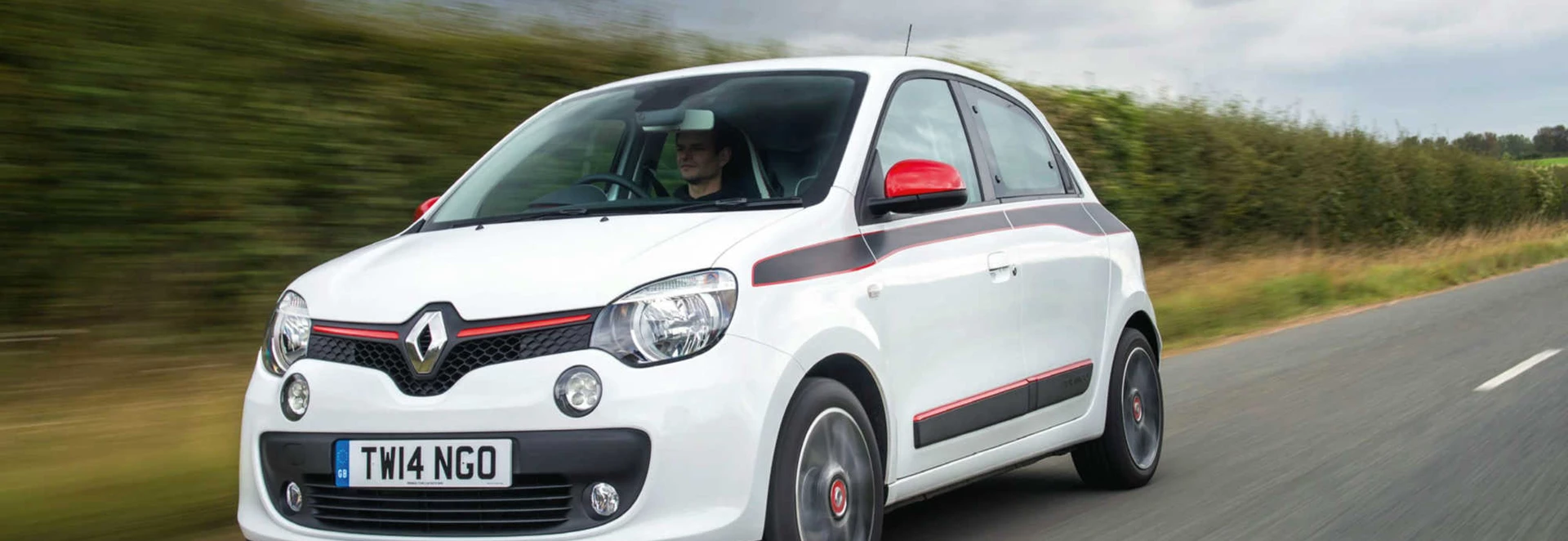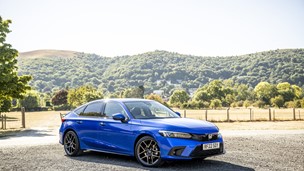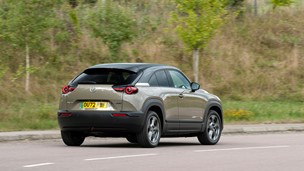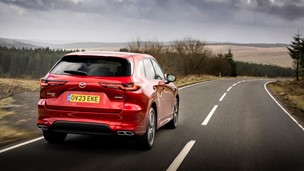The Renault Twingo has been around since the early 90s, but Renault is mixing it up a bit with the third-generation model as it is now rear-wheel-drive and rear-engined.
Renault says that the majority of its new Twingo models will be sold to women – which means it will be locking horns with the chic Fiat 500 – and, as it is a city car, the VW up! and Hyundai i10.
The Twingo also has to stand up to the challenge of offering low CO2 emissions and the high economy figure, now expected of all city dwelling vehicles.
So, as well as youthful appeal and affordability, the new Twingo has the fun-factor when it comes to driving, right?
Performance
The Twingo falls in-line with the city car crowd by offering some low powered 1.0-litre three-cylinder petrol options – one with 69bhp and one with 89bhp.
We tested the former mated to a five-speed manual gearbox. The 69bhp 1.0-litre petrol, expected to be the best seller, completes the zero to 62mph sprint in 14.5 seconds and, like many of its competitors, offers subdued power. The lack of a rev counter as standard may annoy some as well, as you may find it hard to gauge where the peak power sits.
It does however offer smooth gear changes and, if absolutely necessary, a small burst of acceleration when you put your foot down to overtake slower traffic.
Bear in mind, with an engine this size, long distance motorway driving will require a degree of effort and could prove tiring.
Ride and Handling
In terms of fun factor, it falls behind the likes of the VW up!.
There was somewhat of a mental drumroll before I set off in the Twingo for the first time, as my expectations were high for the new rear-engined configuration. However, I was a little disappointed with it. The Twingo is far from the worst city car on the market, but in terms of fun factor, it falls behind the likes of the VW up!, because it’s extremely light steering can feel a little disconcerting at times. Another slight nuisance when it comes to comfort is the lack of space for your left foot when it’s not on the clutch. But let’s not forget, the Twingo is a city car and it still manages to offer supple suspension, minimal body roll, good grip and an unbelievable turning circle – a great boon for the concrete jungle. Its compact dimensions will also keep you happy when squeezing into tight parking spaces.
Interior and Equipment
The Renault Twingo has been around since 1992, getting its European market debut in early 1993.
Renault has done a great job of bringing the new Twingo up to speed with the latest trends, thanks to new interior colour detailing on its doors and dashboard – although the plastics do feel a bit cheap. Standard kit on the Expression model manages to keep up with today’s city car market, with DAB radio and Bluetooth connectivity. The all-important air-con feature is only available on the second trim up, Play. The top of the range Dynamique trim we had featured a leather steering wheel, cruise control and 15-inch alloy wheels. Of the three trims available, Renault expects the Play and Dynamique models to be the most popular. A great optional feature for those who want to feel a little more à la mode is the folding fabric roof. This helps the Twingo lock horns with the likes of the new Citroen C1 Airscape. In terms of practicality, the 188 litres on offer in the Twingo manages to match the likes of the Fiat 500, but is trumped by the VW up!’s 251 litres. The Twingo’s boot can be slightly expanded with the removable floor to 219 litres. The best thing about the Twingo when it comes to practicality is its foldable front passenger seat, which when coupled with the foldable rear seats allows for up to 980 litres of storage space. Just a quick note though, six footers will not be comfortable when sitting in the back and leg room is a little tight.
Cost
Starting at £9,495, the Twingo is more expensive than the VW Up and Hyundai i10, but cheaper than the Fiat 500.
As expected, the 69bhp 1.0-litre three-cylinder engine delivers low CO2 at just 95g/km and an impressive combined figure of 60mpg. The sub 100g/km figure also means the Twingo benefits from zero road tax. These fuel economy figures mean the Twingo is on par with the majority of city car competition. Starting at £9,495, the Twingo is more expensive than the VW up! and Hyundai i10, but cheaper than the Fiat 500. When it comes to residual value with city cars, it is not an easy variable to predict. However, it is safe to say that the VW up! should retain its value better than the Twingo, due to the prestige VW badge on its nose.
Our Verdict
Renault hasn’t quite managed to offer something that you will be running to tell your friends about when it comes to performance with the Twingo. Style and edgy character on the other hand? The Twingo has this in buckets. If you are someone who is; after a unique looking car, stylish flare, doesn’t mind paying a slight premium and are also considering the Fiat 500 – then the Twingo is definitely worth a forecourt visit.




